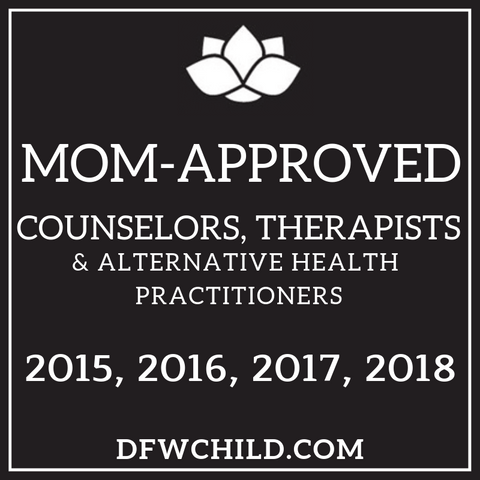Processing Disorders: What Is That Anyways?
- Dr. Amber Brooks
- Feb 20, 2020
- 4 min read
I would be remiss if I didn’t touch on processing disorders as these are often interlaced with the other autism spectrum disorders and many of you have seen these children come into your office. The most commonly talked about processing disorder is sensory processing disorder, or SPD; this also encompasses the prior name sensory integration disorder/dysfunction. Sensory processing is an important job for the nervous system, and the signals need to transmit and organize information in order for a person to process and use it correctly. Sometimes there is heavy traffic in the transmission, and messages don’t get correctly organized. This is the premise of a processing disorder. There are five senses to consider: touch, sight, taste, smell, and hearing. This disorder is vast in its manifestations, so it is frequently misdiagnosed or not diagnosed at all.
Many children have sound or auditory sensitivities. These are the kids that may wear headphones to keep noise at a minimum or cover their ears a lot. Parents often struggle to go to busy and loud places with these children because it is auditory overload for them. The auditory threshold is impaired in these kids, and they will often stretch out words while talking, echo, or repeat themselves. When hearing sounds, it is much like a bad cell phone connection to them. Children with auditory problems exhibit dyslexia, oppositional defiance, and autism spectrum disorders.
Visual processing can also be affected as part of SPD, and these kids will tilt their head, avoid escalators and fluorescent lighting, examine fingers closely, and have trouble catching a ball. When reading, the words can jiggle or vibrate, which breaks up the visual images, making it hard to consistently see how words should appear. But, these children’s eye exams will be normal. Sight itself isn’t the problem; the information the brain receives from the eyes is scrambled. There are ways to help visually affected SPD children at home: block or remove fluorescent lights, use a laptop computer, favor a desk lamp over the overhead light, and print on pastel paper. Consult with a local occupational therapist for home exercises for the child’s specific needs.
Sometimes SPD can manifest in odd ways, at least to most people looking in from the outside. A seven-year-old boy’s parents brought him into my office and described his terrible fear of hand dryers, those super loud blowing machines found on the wall in public bathrooms. Most families that have this experience, especially with such a distinct fear, just think their child is weird and do not know to ask for our opinion. In many cases those noises are painful to SPD children, and they are not just throwing a tantrum—they are in pain. I educated the boy’s parents on SPD and asked them to get an evaluation from their school to make sure this was not an issue. Sure enough, he was diagnosed and was able to get the therapy he needed in conjunction with chiropractic care.
In treating kids with SPD, it is really important to take a multidisciplinary approach, addressing biomedical issues (nutrition, diet, lab testing) as well as treating the physical issues with Craniosacral Therapy (CST) and chiropractic. I have found CST to be one of the most beneficial therapies for kids with SPD because it balances out the two parts of the nervous system (sympathetic and parasympathetic) in a different manor from a regular adjustment, aiding it in calming down and transmitting information correctly. As you all know by removing the system irritation using both the adjustment and CST, you can allow their senses to stay out of overdrive.
The most prevalent form of SPD, tactile or touch defensiveness can be hardest for parents. These children are often fearful and anxious when being touched, even as infants. Many parents never physically bond with a child that has tactile SPD. These kids will complain about brushing their hair, rough sheets or clothes, and certain textures. Water or messy play activities may be torture for them, and they can be distressed by dirt and certain foods. This tactile response can be hyporesponsive (weaker) or hyperresponsive (stronger). Some hyporesponsive kids will love to be hugged super tight and may even pinch or scratch themselves to feel sensory input. Many parents see huge changes when desensitizing their child. This is an important thing to do for kids so that they can enjoy affection and develop feelings of kindness. An occupational therapist can use brushing, swinging, weighted vest, or pressure therapy to calm the nervous system down, and they can teach things parents can do at home to help.
In addition I have found these children are also medically fragile and suffer with GI issues, food sensitivities, and nutritional deficiencies. When these issues are left untreated, a child will many times stop progressing in therapy, hitting a plateau instead of recovering fully. I have found the most successful treatment to be a combination of diet changes, added supplementation, chiropractic, CST and occupational therapy. I wrote about this topic among many others in my new book 15 Things Your Doctor Doesn’t Know About Your Child and felt it was important to share with all of you, for more information please refer to the book or our website for recent blogs and information.




























